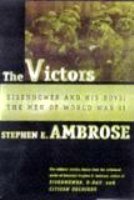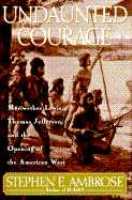

Mobile Riverine Force: America's Mobile Riverine Force Vietnam Vol. 1 is a history of the Mobile Riverine Force in the US Armed Services from its beginning through today. It contains a 74 page description of Riverine Operations 1966-1969 by Major General William B Fulton. It tells the history of the Mobile Riverine Force Association. It shares stories of member's personal experience through biographies of Mobile Riverine Force Association members. It has hundreds of historic photographs.
Volume II proceeds on where Volume I left off and details the ongoing function of the Riverine Forces leading up to the final boats being transferred to the South Vietnamese Navy in December 1970. In the interim period you will see how combat hardened sailors volunteered to be Advisors to the South Vietnamese Navy under the command of Task Force 194. Despite the outcome of the war, a legacy of honor, dedication, and heroism was left by a small band of unique young sailors and soldiers. (Vol 2 review description written by the publisher - source: http://www.turnerpublishing.com/detail.aspx?ID=1237)












